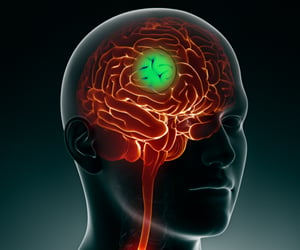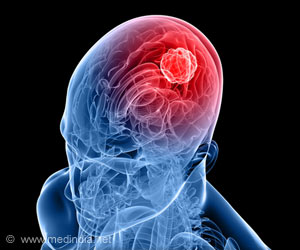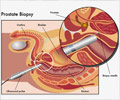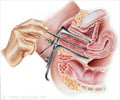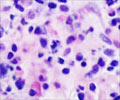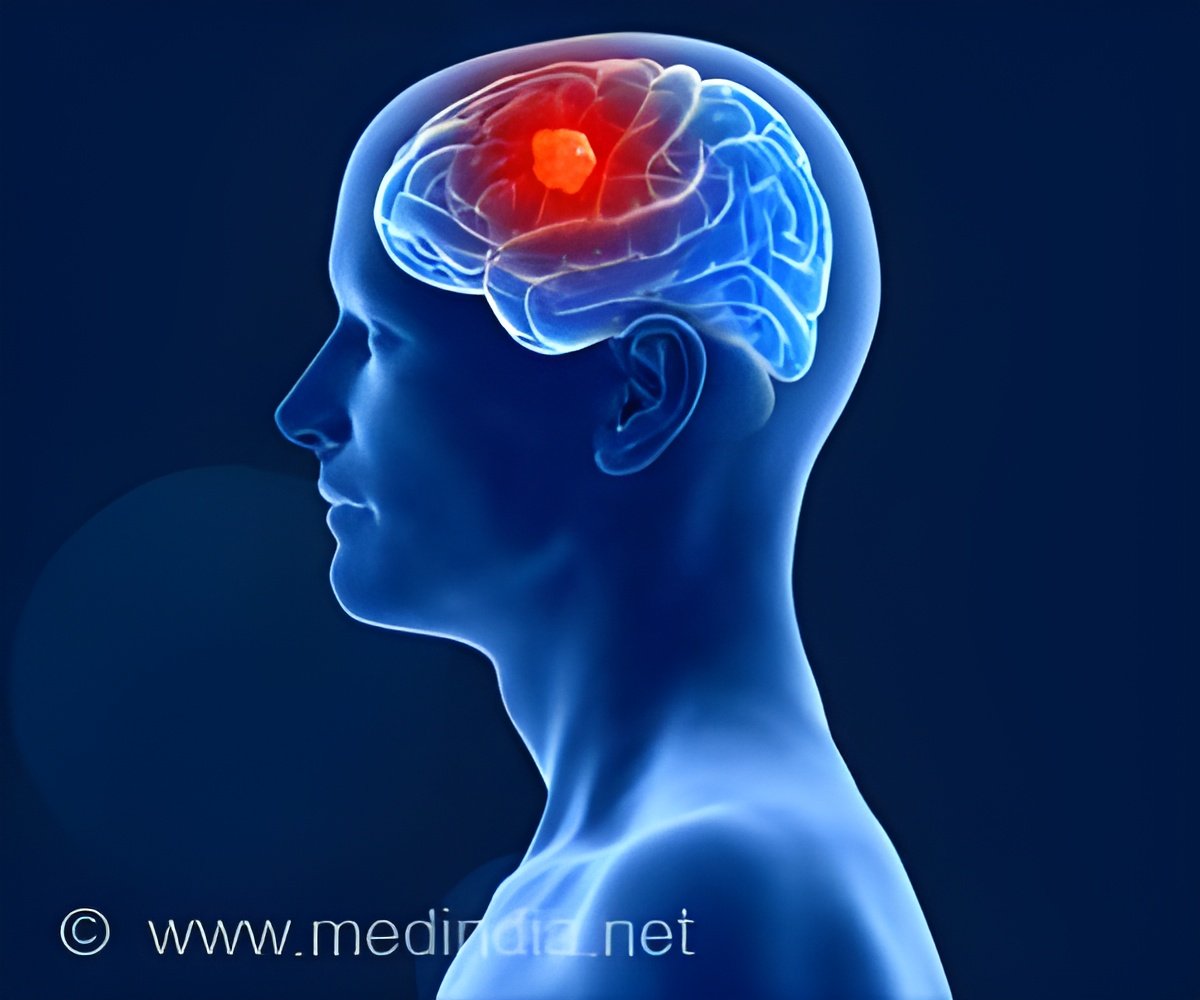
‘About 12,000 Americans are diagnosed with glioblastoma multiforme each year, making it the most common malignant primary brain tumor in adults. It's also the deadliest, with a five-year survival rate between five and 10 percent.’
Tweet it Now
Liquid biopsy is an alternative way to monitor some cancers, including GBM. With a simple blood test, doctors can measure the amount of cfDNA - circulating DNA that cancer and other cells shed into the blood - as well as circulating tumor DNA (ctDNA), which is the DNA specifically shed by cancer. However, unlike other parts of the body, the brain is protected by what's called the blood brain barrier, a security gate that controls what gets in and what gets out. Depending on how hard it is for circulating DNA to get in and out of the brain, there may not be evidence of disease in the blood, meaning a liquid biopsy is not helpful in all cases. This study begins to address that problem by adding imaging to the equation. The researchers show that an MRI can actually provide a picture of how leaky the blood brain barrier is, and that the higher the volume of tumor with a leaky blood brain barrier, the higher the levels of cfDNA and ctDNA are likely to be in a patient's blood.
The study also found a correlation between the amount of cfDNA and the density of macrophages - a type of white blood cell that make up a large percentage of the cells inside a GBM and represent a major barrier to the immune system fighting the tumor.
"By better understanding the macrophage makeup in a given patient's tumor, researchers may be able to identify which patients are the best candidates for treatments targeted against macrophages, or for immunotherapy in general," said the study's lead author Seyed Ali Nabavizadeh, MD, an assistant professor of Radiology at Penn.
In addition to showing how imaging may predict the feasibility of liquid biopsy in GBM, the researchers say it also points to promise of what the combination can find. However, they say further study is needed to understand how this information can affect treatment outcome and disease progression.
Advertisement
Source-Eurekalert


